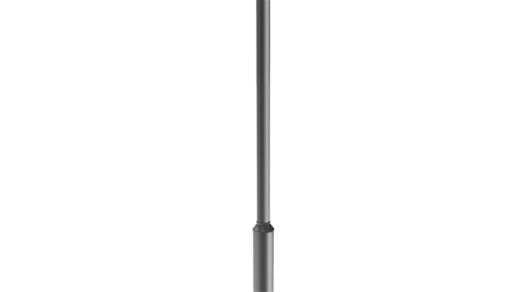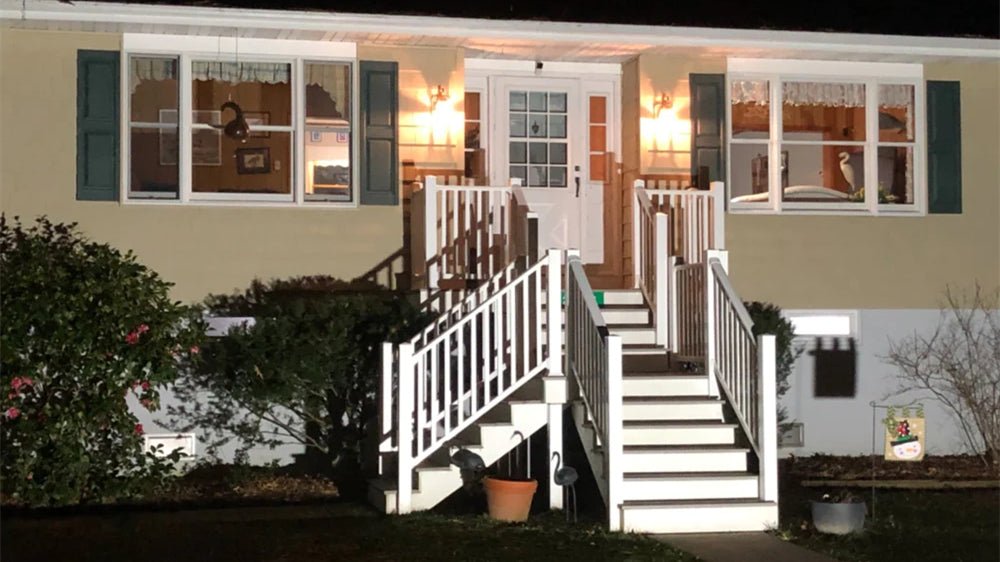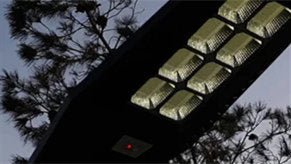In urban and suburban areas, street light poles play a vital role in providing illumination, ensuring safety, and enhancing the aesthetics of public spaces. From traditional designs to modern innovations, street light poles come in various types and materials to suit different applications. In this comprehensive guide, we explore the types of street light poles, installation procedures, and essential considerations for achieving optimal lighting solutions.
Types of Street Light Poles
1. Steel Light Poles
Steel light poles are among the most common choices due to their durability, strength, and versatility. They can withstand harsh weather conditions and are available in various heights, designs, and finishes to complement different architectural styles.
2. Aluminum Light Poles
Aluminum light poles offer lightweight construction and excellent corrosion resistance, making them suitable for coastal or humid environments. They are also known for their aesthetic appeal and ease of maintenance.
3. Wooden Light Poles
While less common than steel or aluminum, wooden light poles provide a rustic charm and blend seamlessly with natural surroundings. They are often used in historic districts or park settings, offering a unique visual aesthetic.
4. Composite Light Poles
Composite materials, such as fiberglass-reinforced polymer (FRP), are becoming increasingly popular for street light poles. They offer durability, corrosion resistance, and lightweight properties, making them ideal for high-moisture or corrosive environments.
Installation of Street Light Poles Step-by-Step Tutorial
1. Site Preparation
Start by selecting a suitable location for the light pole, considering factors such as visibility, accessibility, and proximity to power sources. Clear the area of any obstructions and mark the position for excavation.
2. Excavation
Use a post hole digger or mechanical excavator to dig a hole of appropriate depth and diameter for the light pole foundation. The depth of the hole will depend on various factors, including soil conditions, pole height, and local regulations.
3. Foundation Installation
Pour concrete into the excavated hole to create a stable foundation for the light pole. Ensure that the concrete is properly mixed and leveled to provide adequate support for the pole.
4. Pole Assembly
Assemble the street light pole according to the manufacturer's instructions, including attaching any brackets, arms, or luminaires. Make sure all components are securely fastened and aligned correctly.
5. Pole Placement
Position the assembled pole over the foundation and secure it in place using anchor bolts or mounting hardware. Use a level to ensure that the pole is upright and plumb before finalizing the installation.

4. Electrical Connection
Connect the electrical wiring from the pole to the power source, following proper safety protocols and electrical codes. Test the lighting system to ensure that it functions correctly before completing the installation.
5. Finishing Touches
Once the street light pole is securely installed and connected, perform any necessary adjustments or fine-tuning to optimize the lighting performance. Consider adding decorative elements or protective coatings to enhance durability and aesthetics.

Essential Considerations
1. Height and Spacing
Determine the appropriate height and spacing of street light poles based on factors such as road width, pedestrian traffic, and lighting requirements. Consult with lighting professionals or adhere to local standards and guidelines for optimal placement.
2. Foundation Design
Ensure that the foundation design meets structural requirements and soil conditions to prevent settling or tilting of the light pole over time. Consider factors such as soil type, drainage, and environmental factors when designing the foundation.
3. Maintenance
Implement a regular maintenance schedule to inspect and maintain street light poles, including cleaning, lubricating moving parts, and replacing damaged components. Consider the ease of access and maintenance requirements when selecting light pole materials and designs.
4. Energy Efficiency
Explore energy-efficient lighting options, such as LED luminaires and smart lighting controls, to minimize energy consumption and operating costs. Choose fixtures with high efficacy ratings and adjustable brightness levels to optimize energy savings without compromising illumination quality.

Conclusion
Street light poles are essential components of urban infrastructure, providing illumination and enhancing the safety and aesthetics of public spaces. By understanding the types of street light poles available, following proper installation procedures, and considering essential factors such as height, spacing, and maintenance, you can ensure the effective deployment of street lighting solutions. Whether you opt for steel light poles, aluminum poles, or alternative materials, prioritizing quality, durability, and energy efficiency will contribute to creating well-lit, inviting environments for communities and pedestrians alike.


































Leave a comment
This site is protected by hCaptcha and the hCaptcha Privacy Policy and Terms of Service apply.